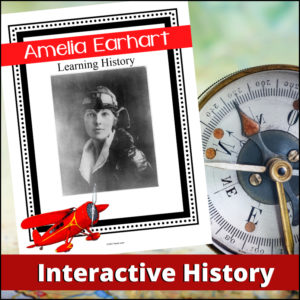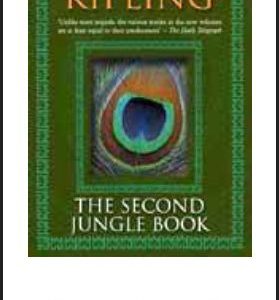Description
Muscles include:
- Rectus Abdominis
- External Abdominal Obliques
- Deltoid
- Pectoralis Major
$1.00
Muscles of the Torso – Learning Human Anatomy will be exactly what you need if you are looking for a easy to read posters as well as a labeling worksheet for students.
This resource actually comes with two worksheets, one with and one without terms. (You choose if you want your students to completely remember the names or if they need the terms to help them. )
Muscles include:
Only logged in customers who have purchased this product may leave a review.

Daniel Boone is regarded as the first real American folk hero. Without his cunning bravery, settlement west of the Appalachians may not have been made possible for years. Boone’s Wilderness Road, which is still used today, helped bridge the Cumberland Gap, granting access to the state of Kentucky from Pennsylvania.
Thanks to the writing of John S. C. Abbot, the life and genius of Boone can truly be appreciated through Daniel Boone: The Pioneer of Kentucky. Find out just how Boone crafted his Wilderness Trail, what he did to make it happen, and how he overcame the struggles of life in late eighteenth century America.

Cross-curricular and engaging, this Amelia Earhart project-based unit will have students using a variety of Language Arts skills as they learn about history!
Includes:

Words to 24 traditional Christmas Carols (and a little history about them as well).
Includes:

This is a downloadable copy of the book.
About the book: The Second Jungle Book is a sequel to The Jungle Book. First published in 1895, it features five stories about Mowgli and three unrelated stories, all but one set in India,
About the Author: Joseph Rudyard Kipling was an English journalist, short-story writer, poet, and novelist. He was born in India, which inspired much of his work. Kipling in the late 19th and early 20th centuries was among the United Kingdom’s most popular writers. In 1907, he was awarded the Nobel Prize in Literature, as the first English-language writer to receive the prize, and at 41, its youngest recipient to date. He was also sounded for the British Poet Laureateship and several times for a knighthood but declined both. Following his death in 1936, his ashes were interred at Poets’ Corner, part of the South Transept of Westminster Abbey.


Reviews
There are no reviews yet.